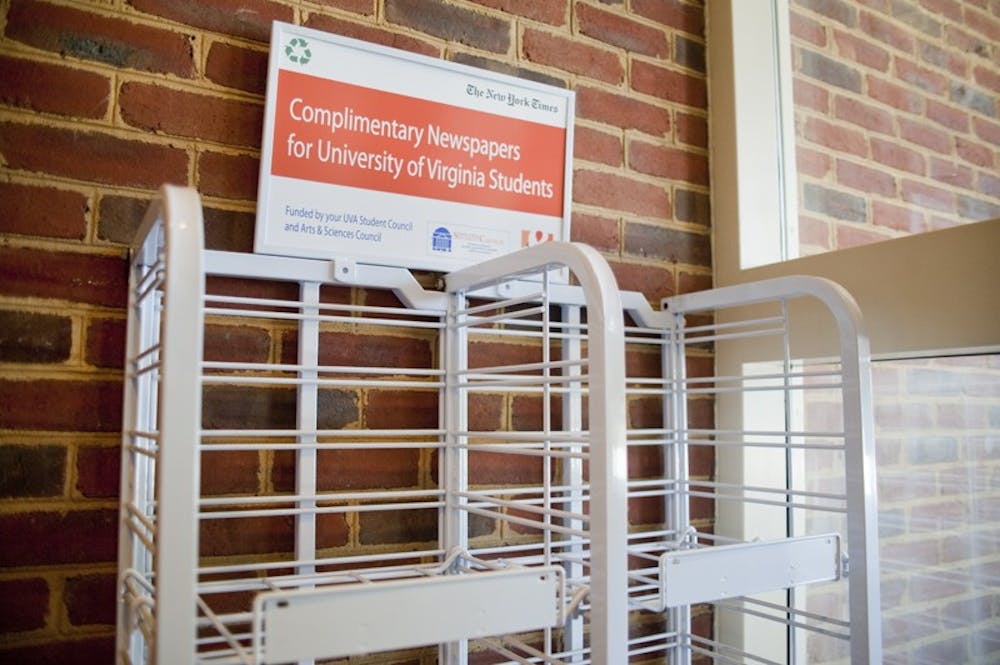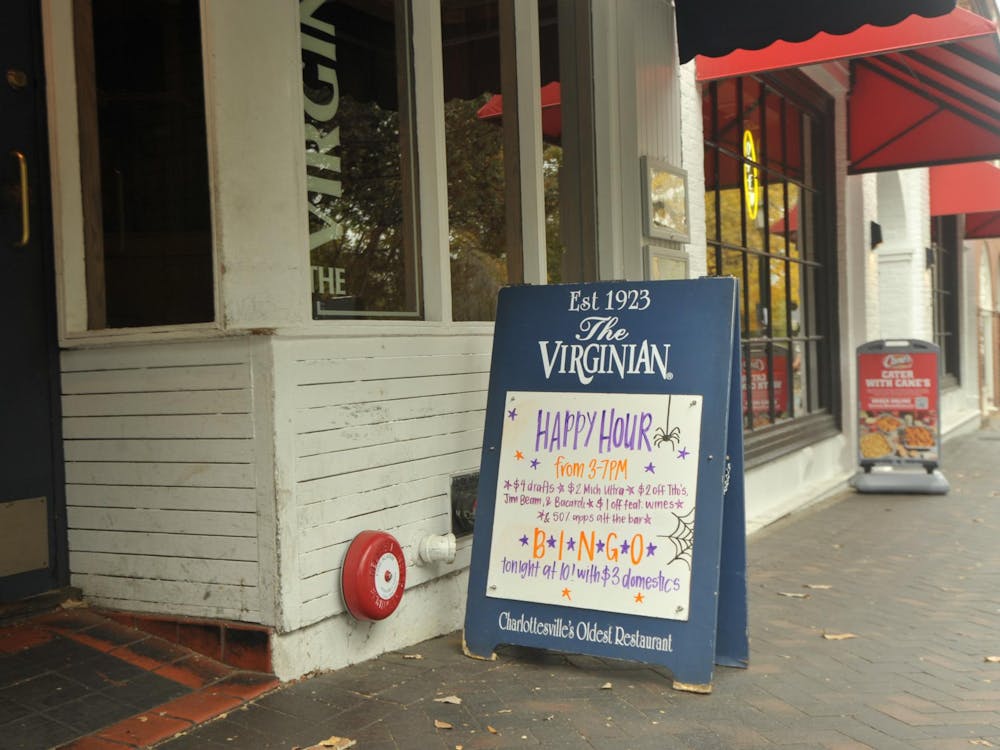The Newspaper Readership Program, which has provided free copies of The New York Times on Grounds since 2008, is being reevaluated as the new semester begins.\nThe program, which is cosponsored by Student Council and Arts & Sciences Council, costs a total $20,000 each year, coming out to $10,000 for each council, Student Council President Colin Hood said.
"Last year, over a sixth of our budget was put toward supplying The New York Times," Hood said. "I definitely think it's a valuable program, [but] I think we have to be careful the papers are hitting the most students possible."
Because of its high cost, the program was put on hold while the councils discuss the merits of continuing implementation and appraise alternatives. Among several possibilities, Hood said one of the main avenues being explored is online access for University students.
"In January, The New York Times will no longer be available online without a paid subscription, [so] we're working with [them] to have students use their computing ID to access it online," Hood said. "We are also working with the Faculty Senate to see if we can incorporate the papers into classrooms."
But ASC President Paul Murray said continuing the program presents more problems than just monetary constraints.
"One thing students were worried about is the green effect - 700 copies were distributed everyday," Murray said, adding that some community members felt the program was encroaching on other news outlets and that most of the papers were taken in the early morning before most students could pick up a copy.
Although it is only a temporary discontinuance for now, some students like second-year College student Hallie Clark already have noticed the lack of papers available at their favorite locations.
"I would go to class early to read it. I knew exactly where it was, and it's not there anymore," Clark said.
Meanwhile, second-year Engineering student Ben Arthur said he is perfectly content with university newspapers but realizes the value of the readership program.
"I think the most important thing is to do some research and see how many issues are being picked up and used, to get the right number," Arthur said. "But I think it's important that students are kept up to date and well-informed."
-Shirley Park contributed to this article







